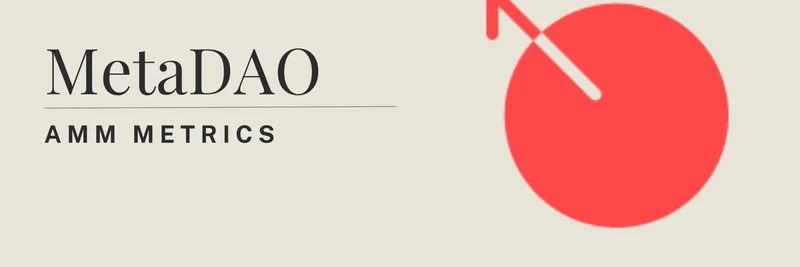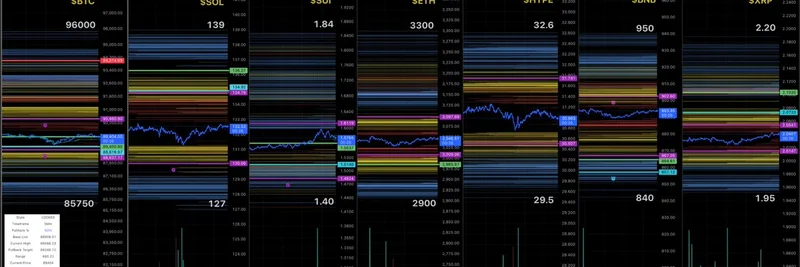MetaDAO, the pioneering DAO leveraging futarchy—a system where prediction markets guide governance decisions—has just rolled out its new Automated Market Maker (AMM). This isn't your standard AMM; it's infused with futarchy mechanics, making it a game-changer for decentralized decision-making in crypto. For those new to the term, futarchy uses market predictions to vote on proposals, aiming to make governance more efficient and less prone to manipulation.
The debut liquidity pool pairs Umbra Privacy's UMBRA token with USDC. Umbra is a privacy protocol built on Solana, designed to bring confidential swaps and transfers to the ecosystem. It recently smashed its ICO targets through MetaDAO's launchpad, raising over $1 billion in commitments, showcasing massive community interest.
According to a recent thread from on-chain analytics firm Pine Analytics, the pool is off to a strong start. Let's break down the key metrics they shared.
Early Volume and Fee Generation
In its initial phase, the UMBRA-USDC pool has handled a whopping $11.8 million in trading volume. This activity has generated $29.7K in fees directly for MetaDAO. These fees come from a 0.25% taker fee structure, which includes both spot trading and decision market volumes.
The volume breakdown shows a peak in the early hours, tapering off but maintaining steady interest. This suggests strong initial hype around the launch, likely driven by Umbra's successful ICO and the novelty of futarchy-integrated trading.
User Engagement and Swap Activity
Diving deeper, the pool has seen 11.4K swaps executed by 2.5K unique wallets. That's a solid user base for a fresh launch, indicating real traction beyond just speculative bots. The hourly swap charts reveal consistent activity, with peaks aligning with volume surges.
This level of engagement is promising for meme token ecosystems, where liquidity and user participation can make or break a project. MetaDAO's approach could set a new standard for "unruggable" launches, as highlighted in recent discussions around their futarchy model.
What This Means for Meme Tokens
While MetaDAO isn't purely a meme token—its META token powers the governance—it's deeply intertwined with the viral, community-driven aspects of crypto that meme coins thrive on. The success of this AMM could pave the way for more meme projects to adopt futarchy, reducing rugs and enhancing trust.
For blockchain practitioners, these metrics underscore the potential of market-driven governance. If you're tracking Solana-based tokens or privacy-focused projects like Umbra, this is a development worth watching.
Check out the full data on Pine Analytics' Dune dashboard for real-time updates. And for the original insights, head over to the thread on X.
As the crypto space evolves, innovations like MetaDAO's Futarchy AMM remind us why staying informed on these metrics is crucial for anyone in the meme token game.


